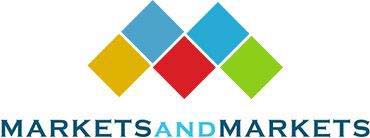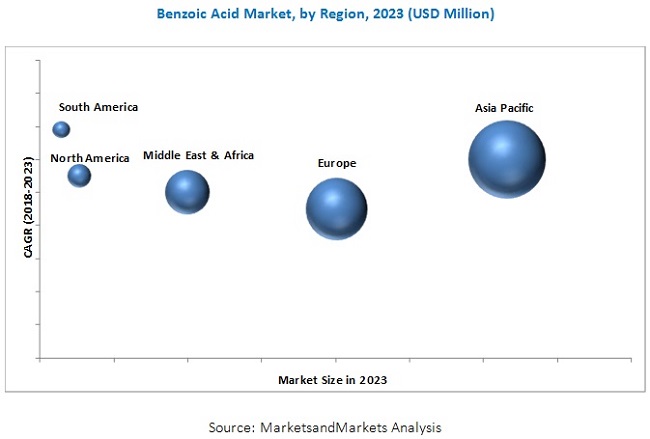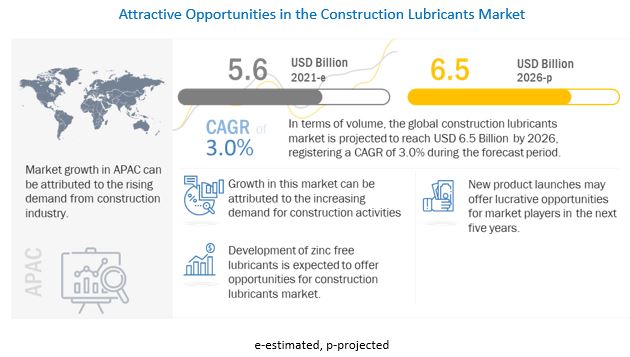The global washed silica sand market size is projected to grow from USD 18 million in 2021 to USD 24 million by 2026, at a CAGR of 5.4% from 2021 to 2026. The washed silica sand market is expected to witness significant growth in the coming years due to its increased demand across the construction, container glass, specialty glass, fiberglass, foundry, oil well cementing, and cosmetics industries.
♦ Download PDF Brochure – https://www.marketsandmarkets.com/pdfdownloadNew.asp?id=23955586
COVID-19 impact on global washed silica sand market
With the rise in cases of COVID-19, implementation of emergency protocols and shutdown of various operations and facilities have been observed during 2020. The outbreak of COVID-19 in Wuhan, China, has spread across the major APAC, European, and North American countries, affecting the market for washed silica sand since most of the global companies have their headquarters in these countries. This impact of COVID-19 had caused disruption in the supply chain, which had slowed down the market growth due to lack of raw materials and unavailability of workforce.
Particle size 0.5mm ¨C 0.7mm is the largest segment for washed silica sand.
Based on particle size, 0.5mm -0.7mm is projected to be the largest segment in the washed silica sand market. Silica sand, in terms of particle size, is divided into three categories, which are less than 0.4 mm, 0.5 mm ¨C 0.7 mm, and more than 0.7mm. These particles fall under different categories of the U.S. standard sieve numbers ranging from 4 mesh to 200 mesh categories. The most common application of this particle size is in glassmaking. In order to be suitable for glassmaking, washed silica sand needs to pass a 30-mesh sieve, which is 0.59 mm granule size.
♦ Speak To Analyst – https://www.marketsandmarkets.com/speaktoanalystNew.asp?id=23955586
Significant increase in the demand for washed silica sand in glass production
By Application, glass is projected to be the largest segment in the washed silica sand market. The demand is specifically witnessed for fiberglass, container glass, and specialty glass. Properties such as high strength and low weight make fiberglass and speciality glass preferable to be used in construction, automotive, solar, and wind energy industries. The growth of this segment can be attributed to the keen interest of contractors and builders to use washed silica sand to produce fiberglass for construction activities (as a construction and insulation material), especially in the emerging economies of APAC and South America. Further, the increasing demand for container glasses in pharmaceutical and other industries are expected to boost the market demand.










